The origins of tea and coffee names.
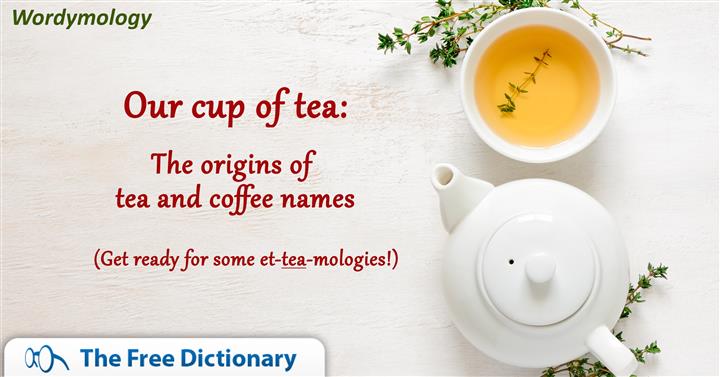
Get out your favorite mug because we’ve got the tea on tea! We’ve brewed up seven et-tea-mologies just for you. And if you need some more pep in your step, we’ve got five coffee ones percolating down below too.
Not Our Cup of Sea(weed)
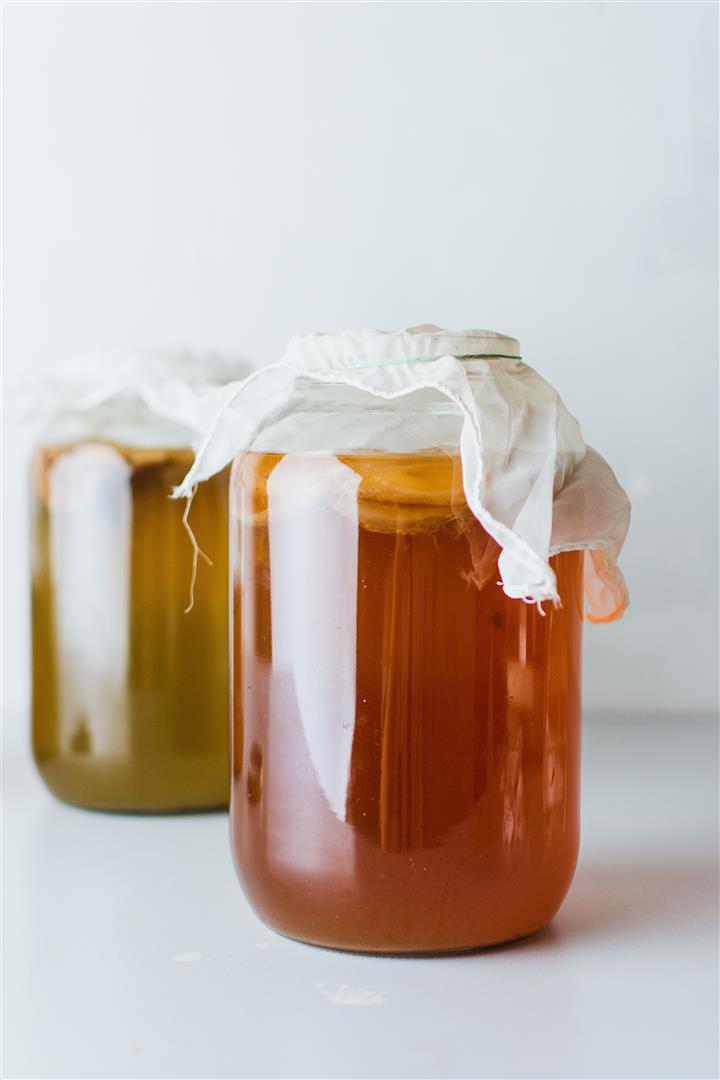
Kombucha is a sparkling drink made by fermenting tea with a culture of bacteria and yeast... so why does its name incorporate “kombu,” which is a type of seaweed? Well, confusion might be to blame, either by non-native speakers of Japanese or by people who thought the film that forms on the surface of kombucha looked like seaweed. As for the cha part of the name, that’s the Japanese word for “tea,” which makes “kombucha” literally “seaweed tea.”
Meet Your Match-a
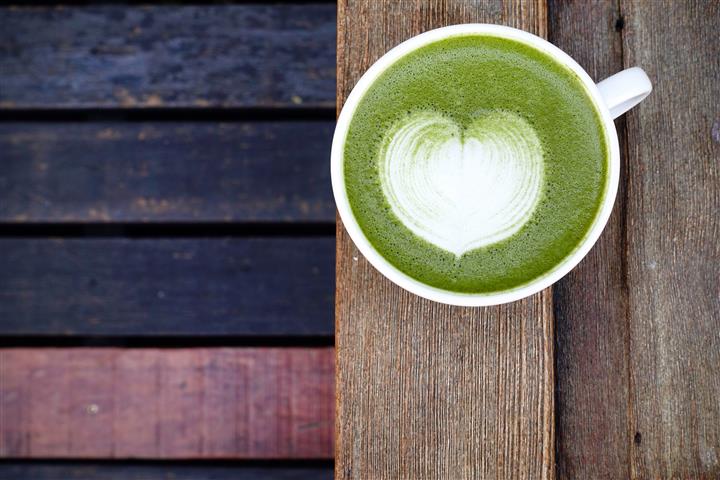
The name “matcha” combines the Japanese word matsu, which means “fine powder,” with cha, which is, yes, the Japanese word for “tea.” The name refers to the powdered green tea that is matcha’s main ingredient.
Chai and Mighty
“Chai,” the name for a type of spiced tea drink that’s commonly made in India, shares similarities with the Hindi and Urdu words for “tea”: cāy and čā'e. But its roots are ultimately in the Mandarin word for “tea”: chá.
Espresso Yourself
“Espresso” is a shortening of the Italian phrase caffè espresso, which literally means “pressed coffee.” It is related to the Latin word exprimere, meaning “to press,” referring to the drink’s manner of preparation: forcing hot water under pressure through finely ground coffee beans. But listen, just because “espresso” comes from exprimere, it’s still not “expresso.” (Really, it’s not.)
The Oolong and the Short of It
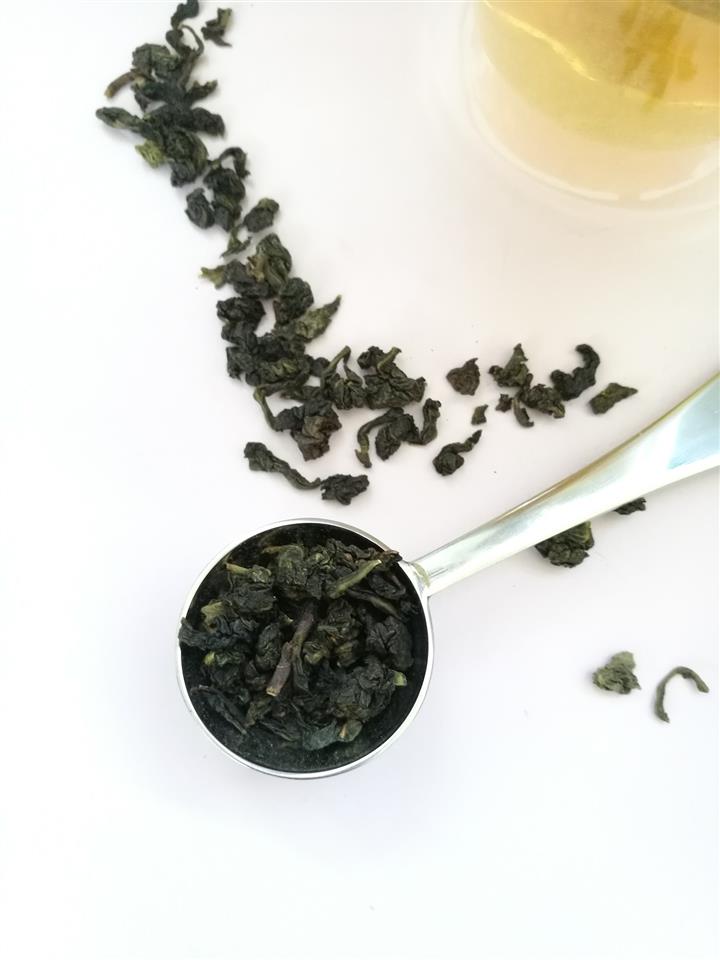
The name “oolong” comes from the Chinese word wūlóng, meaning “black dragon.” While the dark color of the tea explains “black,” there is no definite explanation as to how “dragon” became steeped in the name. (Though some believe it comes from the long, curly appearance of the leaves after they have been dried and partially oxidized). We may not know for sure why it’s called “black dragon tea,” but at least you’ll feel very cool the next time you drink it!
To Cappuccino It All Off
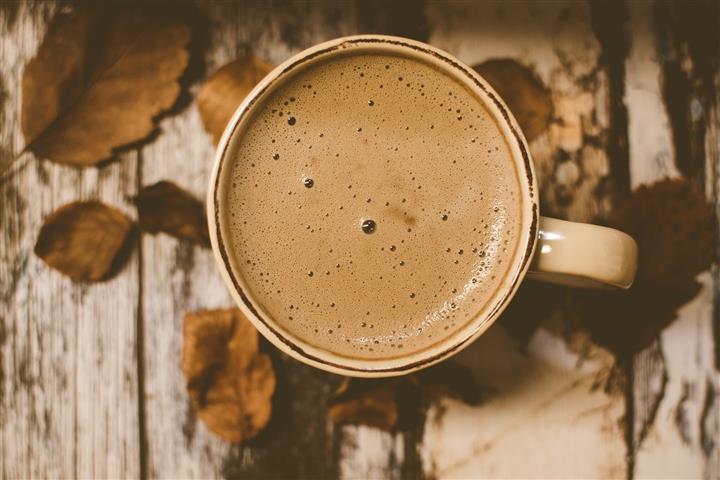
If your love of coffee borders on religious devotion, then the cappuccino (coffee with steamed milk) is the drink for you! The Italian word cappuccino actually has nothing to do with coffee—it means “little hood.” The word was first applied to the Capuchin order of Franciscan friars, who wear hooded habits. Their habits are brown and similar in color to coffee with steamed milk, and thus a new kind of “cappuccino” was born!
50 Shades of (Earl) Grey
Earl Grey tea, a type of tea flavored with bergamot, is fit for a nobleman—at least etymologically. It is named for one British Earl in particular—Charles Grey, who served in Parliament and became Prime Minister in 1830—though it is not definitively known why. One theory is that Grey received this kind of tea as a gift from a Chinese mandarin (a high-ranking bureaucrat of Imperial China). We suppose it’s fitting that the etymology of a tea called “Earl Grey” isn’t black and white.
Spotted Coffee
A macchiato is made when a small amount of milk is added to espresso. Its name is a shortening of the Italian phrase caffè macchiato, meaning “spotted coffee.” Macchiato itself is the past participle of the Italian word macchiare, meaning “to stain or spot.”
Big Exporters of Coffee (Names)
If you like some chocolate flavor in your coffee, you’re probably a fan of the mocha. But did you know that it’s named for a town? Yep, Mocha is a town in Yemen known for its coffee exports.
One of the nicknames for coffee itself, “java,” has a similar origin. It refers to the Indonesian island of Java, which counts coffee among its chief exports. It may be true that “no man is an island, entire of itself,” but apparently that can’t be said of coffee!
Not to Burst Your Bubble Tea

Bubble tea, a drink of Taiwanese origin, may be known for the tapioca balls floating at the bottom, but they’re not what give it its “bubble.” Rather, the name refers to the drink’s original method of preparation, in which its ingredients (tapioca balls, milk, tea, and a sweetener) were vigorously shaken, causing the drink to be frothy when served. The drink’s Mandarin name, pàomò hóngchá, is equally bubbly, as pàomò means “foam” and hóngchá literally means “red tea.”
Now you can play barista for your friends and steep them in your newfound knowledge!
Get all volumes of The Farlex Grammar Book in paperback or eBook.

